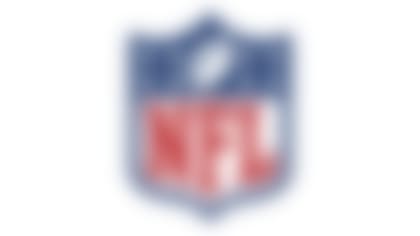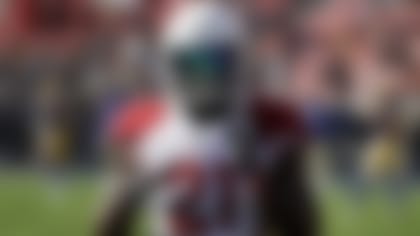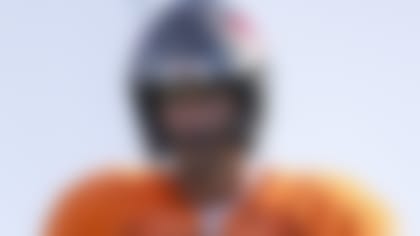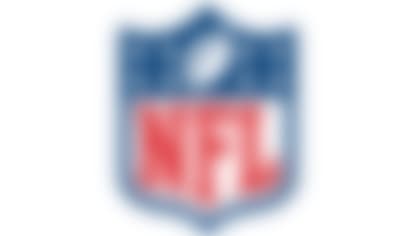A new study of helmet performance conducted by the NFL and the NFL Players Association indicates that recently released models are doing a better job at reducing the severity of head impact in tested conditions.
Six of 11 new helmet models studied this year placed among the top 10 rated models overall in tests designed to simulate concussion-causing impacts sustained by players during games. None of the new models were added to a list of prohibited helmets. That prohibited list -- which includes 11 helmet models -- is especially important this year because, for the first time, no player will be allowed to wear those helmets this season, even if he has worn them previously. As of the final week of the 2018 season, 32 players league-wide were still wearing prohibited helmets.
Those players will have to change to better-performing helmets by the start of the 2019 season. Prohibited helmets will not be allowed in the locker room and a player wearing a prohibited helmet will not be allowed on the field. If a player wears a prohibited helmet and the team is found to have been aware of that, the team would be subject to discipline from the league.
But officials are encouraged by how many players switched to better performing helmets last season. Last year, after the poster that ranks helmet performance was issued, about 50 percent of players in the NFL upgraded to a better performing helmet. The percentage of players wearing helmets that fell in the top-performing category increased by one-third to 74 percent of all players by the end of the 2018 season. When the season began, 17 percent of players were still wearing prohibited helmets, the league says. By the end of the season, the number had dropped to just those 32 players, or about 2 percent of the league.
Most persuasive in convincing players to change helmets was an analysis of concussions suffered in games between 2015 and 2018. It showed that players wearing helmets that placed in the top performing category (shown in green on the poster) had a lower rate of reported concussions than players who wore helmets that did not test as well and were placed in the yellow or red (prohibited) categories.
"The other 26 percent of the league in week 17 wearing yellow or red performing helmets are a priority for us this season," said Jeff Miller, the NFL's executive vice president of health and safety initiatives.
Teams have been sent a list of their players who last season wore helmets that fell into the yellow or red categories. The players association plans to reach out to each player individually to discuss helmet options and the league is working with team equipment managers to share the results of the study, which is now in its fifth year. There are 27 helmets that tested into the best performing category, and officials also plan to make recommendations to players about which higher performing helmets offer the same comfort, fit and look as a prohibited helmet, to facilitate the switch.












